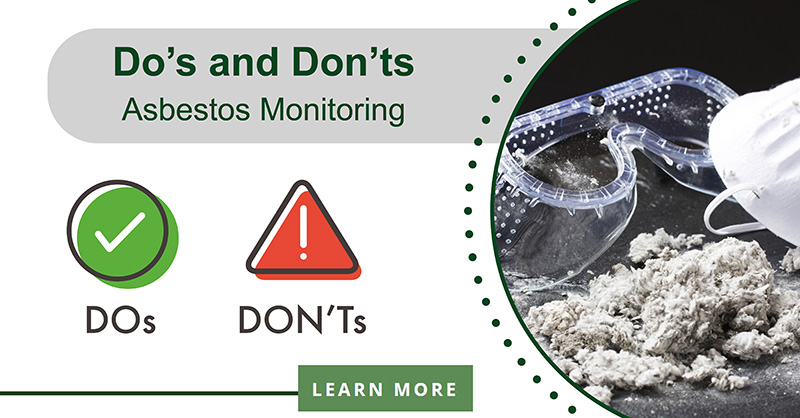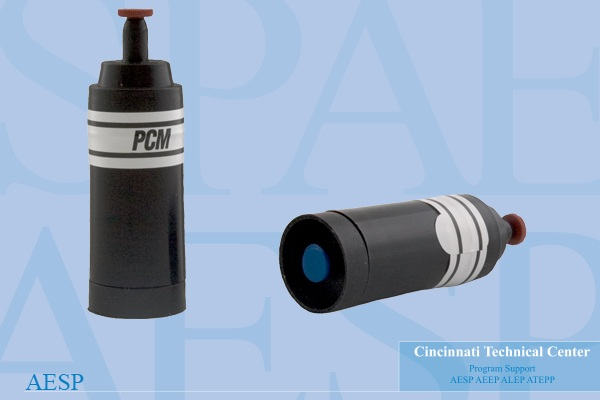Practical Asbestos Testing Near Me Options
Your Overview to Effective Asbestos Checking Procedures
Asbestos testing procedures are an important element of ensuring the safety and security of indoor atmospheres, especially in older structures where this dangerous product might exist. The possible health and wellness risks related to asbestos direct exposure make it essential to come close to screening with precision and thoroughness. From recognizing the properties of asbestos to successfully analyzing examination results, a thorough overview can furnish individuals with the expertise and tools needed to navigate this complicated procedure. Stay tuned to uncover the essential steps and factors to consider that can assist you safeguard versus the risks posed by asbestos.
Understanding Asbestos and Its Risks
Asbestos, a naturally taking place mineral known for its heat resistance and toughness, postures serious health and wellness threats when its fibers are breathed in or consumed. Asbestos Air Sampling. Exposure to asbestos can result in severe health problems such as lung cancer cells, asbestosis, and mesothelioma. Regardless of its beneficial buildings, asbestos has actually been extensively outlawed in several nations as a result of the tried and tested web link between asbestos direct exposure and these lethal conditions
The threat exists in the tiny fibers that can quickly end up being airborne when asbestos-containing products are disturbed or damaged. Once breathed in, these fibers can come to be lodged in the lungs, causing inflammation and scarring over time. The latency duration between direct exposure to asbestos and the development of related conditions can span a number of decades, making very early detection and avoidance critical.
Asbestos was frequently used in construction materials, insulation, and vehicle parts prior to its health and wellness dangers were completely understood. Today, correct testing and removal of asbestos-containing materials are crucial to secure individuals from the dangers related to asbestos direct exposure.
Identifying Potential Asbestos Products
The identification of prospective asbestos products is an essential step in making certain the security of people revealed to dangerous substances in different atmospheres. Asbestos can be discovered in a vast array of building materials, including yet not restricted to insulation, ceiling tiles, flooring tiles, concrete sheets, and roof covering roof shingles - asbestos inspection. Recognizing these products properly is important to properly taking care of the risks associated with asbestos exposure

In instances where visual examination is inconclusive, samples of presumed materials can be gathered and sent to accredited research laboratories for testing. These laboratories utilize specialized methods such as polarized light microscopy or transmission electron microscopy to properly establish the presence of asbestos fibers in the examples. By complying with strenuous recognition procedures, people can effectively reduce the risks connected with asbestos direct exposure.
Choosing the Right Screening Technique
Recognition of possible asbestos products plays an important role in determining the appropriate screening technique for accurate asbestos fiber discovery. As soon as presumed materials have been determined, choosing the best testing method is vital to guarantee trusted outcomes. There are two main techniques for asbestos screening: polarized light microscopy (PLM) and transmission electron microscopy (TEM) PLM is generally made use of for initial screening as it is affordable and supplies fast results. Nevertheless, PLM has restrictions in detecting asbestos fibers that are smaller than 1 to 3 microns. On the other useful content hand, TEM is an advanced strategy that can accurately determine asbestos fibers at the ultrastructural level. While TEM is extra costly and time-consuming than PLM, it offers higher sensitivity and specificity in asbestos detection. Picking the appropriate testing method depends on various factors such as the sort of material being evaluated, the required level of sensitivity of the evaluation, and the readily available spending plan. It is crucial to speak with certified asbestos screening professionals to identify the most appropriate method for your specific screening requirements.
Performing Sample Collection Securely
When gathering examples for asbestos testing, prioritizing precaution is extremely important to reduce potential direct exposure risks. Asbestos fibers are unsafe when disrupted, making it crucial to comply with correct safety methods during example collection - asbestos testing service. Before beginning the tasting procedure, make sure that you are outfitted with personal protective tools (PPE) such as non reusable coveralls, goggles, masks, and handwear covers to avoid breathing or contact with asbestos fibers
It is important to wet the sampling area utilizing a mild mist of water read to stop the fibers from coming to be airborne during collection. When gathering samples and prevent aggressive scuffing or piercing that can release asbestos fibers into the air, Use caution. Instead, thoroughly reduced a little item of the material using suitable tools and place it into a sealed container for evaluation by a licensed lab.
Additionally, labeling each example with thorough info pertaining to the sampling location, date, and collector's name is crucial for exact record-keeping and evaluation. By adhering to these safety and security standards, you can carry out sample collection for asbestos testing effectively while minimizing the threat of exposure.
Translating Test Outcomes and Following Steps

Conclusion
To conclude, effective asbestos screening treatments are important in identifying and managing possible health dangers connected with asbestos exposure. By recognizing the threats of asbestos, recognizing possible materials, picking the best testing approach, performing example collection securely, and analyzing examination results accurately, companies and people can take the essential actions to shield themselves and others from the hazardous results of asbestos. It is crucial to focus on safety and security and proper screening methods to make certain a healthy and balanced environment for see this here all.

Recognition of prospective asbestos materials plays a crucial duty in determining the suitable testing method for accurate asbestos fiber discovery. The test outcomes will show the visibility or lack of asbestos, the type of asbestos fibers present, and the focus levels.In final thought, effective asbestos testing procedures are necessary in identifying and managing possible health threats linked with asbestos direct exposure. By comprehending the threats of asbestos, identifying potential products, picking the ideal screening method, carrying out example collection safely, and analyzing examination results properly, organizations and individuals can take the required actions to protect themselves and others from the unsafe impacts of asbestos.